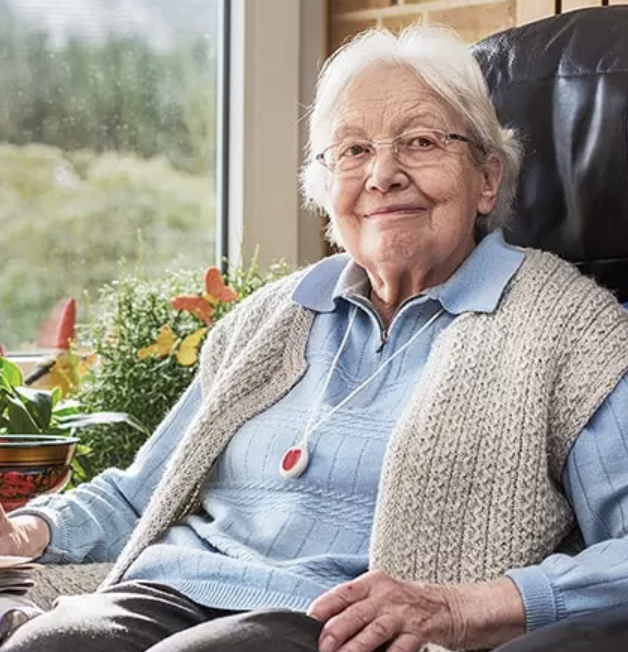
Sleep apnea is a common but serious sleep disorder that disrupts normal breathing patterns during sleep. Understanding the different types of sleep apnea is crucial for proper diagnosis and effective treatment. There are three primary types: obstructive sleep apnea (OSA), central sleep apnea (CSA), and mixed sleep apnea.
Obstructive Sleep Apnea (OSA)
OSA is the most common type of sleep apnea. It occurs when the muscles in the throat relax excessively during sleep, causing a temporary blockage of the airway. This blockage can result in pauses in breathing and reduced oxygen levels in the blood. Symptoms of OSA include loud snoring, gasping or choking during sleep, and excessive daytime sleepiness. Risk factors include obesity, age, and a family history of sleep apnea.
Find YOUR ideal care home NOW!
Central Sleep Apnea (CSA)
CSA is less common and occurs when the brain fails to send the correct signals to the muscles that control breathing. Unlike OSA, where the airway is physically blocked, CSA involves a communication problem between the brain and the breathing muscles. Symptoms are similar to OSA but may also include shortness of breath and frequent awakenings. CSA is often associated with conditions like heart failure or stroke.
Mixed Sleep Apnea
Mixed sleep apnea, also known as complex sleep apnea, is a combination of OSA and CSA. Individuals with mixed sleep apnea experience symptoms and characteristics of both types. This can make diagnosis and treatment more complex, often requiring a combination of therapies used for OSA and CSA.
Diagnosing Sleep Apnea
Diagnosis of sleep apnea typically involves a sleep study, either at home or in a sleep lab, where various metrics such as breathing patterns, oxygen levels, and brain activity are monitored. Accurate diagnosis is essential to determine the type of sleep apnea and the most appropriate treatment plan.
Treatment Options for Different Types of Sleep Apnea
| Type of Sleep Apnea | Recommended Treatment | Effectiveness |
|---|---|---|
| Obstructive Sleep Apnea (OSA) | CPAP therapy, weight loss, oral appliances, surgery | Highly effective if used consistently |
| Central Sleep Apnea (CSA) | Adaptive Servo-Ventilation (ASV), CPAP therapy, treating underlying conditions | Varies depending on the underlying cause |
| Mixed Sleep Apnea | Combination of OSA and CSA treatments | May require continuous monitoring and adjustment |
FAQ – Sleep Apnea
1. What is the main difference between OSA and CSA?
OSA occurs due to a physical blockage in the airway, while CSA happens because the brain fails to send proper signals to control breathing.
2. How is sleep apnea diagnosed?
A sleep study (polysomnography) is conducted either at home or in a sleep lab to monitor breathing, oxygen levels, and brain activity during sleep.
3. What are the long-term risks of untreated sleep apnea?
If left untreated, sleep apnea can lead to high blood pressure, heart disease, stroke, diabetes, and cognitive decline.
4. Does sleep apnea only affect overweight individuals?
No. While obesity is a significant risk factor for OSA, individuals with normal weight can also develop sleep apnea due to genetic or anatomical factors.
5. Can sleep apnea be cured?
There is no guaranteed cure, but lifestyle changes, CPAP therapy, oral devices, and surgery can significantly reduce symptoms and improve sleep quality.
6. Is snoring always a sign of sleep apnea?
Not always, but loud and persistent snoring accompanied by choking, gasping, or daytime fatigue could be a sign of sleep apnea.
7. How does CPAP therapy work?
CPAP (Continuous Positive Airway Pressure) keeps the airway open by delivering a constant airflow, preventing obstructions during sleep.
8. Can sleep apnea be managed without CPAP?
Mild cases of sleep apnea may improve with weight loss, positional therapy, and oral appliances. However, CPAP remains the gold standard for moderate to severe cases.
9. Are there surgical options for sleep apnea?
Yes, surgeries like uvulopalatopharyngoplasty (UPPP), nasal surgery, or jaw advancement can help patients who don’t respond to other treatments.
10. Can children have sleep apnea?
Yes, pediatric sleep apnea is common, often caused by enlarged tonsils or adenoids and may require surgery or CPAP therapy.
Senior Home Plus is here to help you choose a care home or facility best suited to your needs. Do not hesitate to contact us on the following number: 0230 608 0055 or Get started here.
Do you need a care home for yourself or your loved one?
Share this article :
Latest posts
You are looking for an establishment for your loved one ?
Get availability & prices
Fill in this form and receive
all the essential information
We would like to inform you of the existence of the opposition list for telephone canvassing.

.webp)









